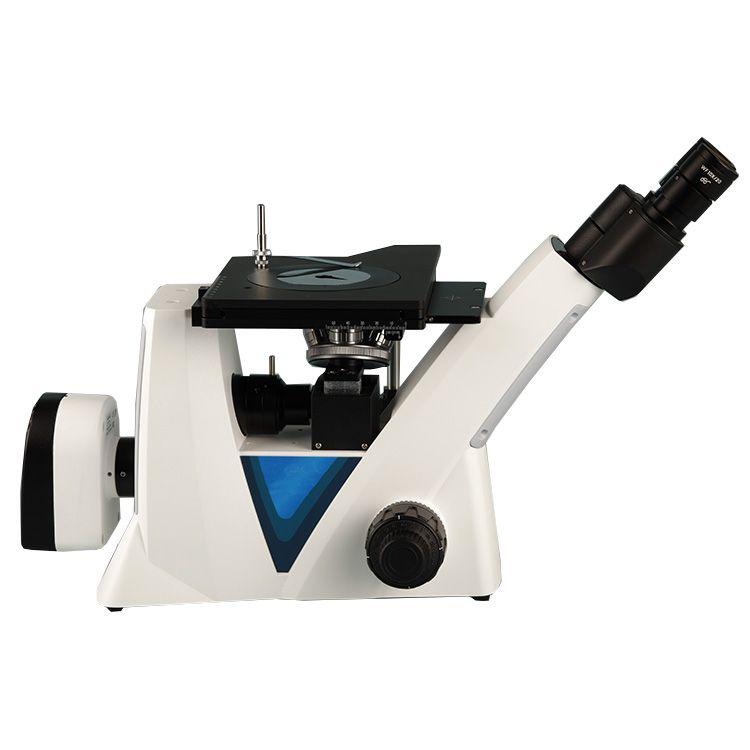What Are Some Common Applications of Inverted Microscopes?

There are some common applications of inverted microscopes:
Cell Biology:
l Cell Culture Observation: Monitoring cell growth, proliferation, morphology, and responses to treatments in real-time.
l Cell-to-Cell Interactions: Studying interactions between cells, such as cell adhesion, migration, and phagocytosis.
l Intracellular Processes: Observing dynamic intracellular processes like mitosis, meiosis, and organelle trafficking.
Microbiology:
l Microbial Growth and Morphology: Examining bacterial and fungal cultures in liquid media.
l Microbial Interactions: Studying interactions between microorganisms, such as biofilm formation and predator-prey relationships.
Materials Science:
l Surface Analysis: Examining surface features of materials, such as crystal structures and defects.
l Particle Analysis: Observing and characterizing microscopic particles.
Biomedical Research:
l Drug Discovery: Screening for drug efficacy and toxicity on living cells.
l Immunology: Studying immune cell responses and interactions.
l Developmental Biology: Observing embryonic development and tissue differentiation.
- Art
- Causes
- Crafts
- Dance
- Drinks
- Film
- Fitness
- Food
- Games
- Gardening
- Health
- Home
- Literature
- Music
- Networking
- Other
- Party
- Religion
- Shopping
- Sports
- Theater
- Wellness


